Types of Variator Rollers
Variator rollers are essential components in the automatic transmission system of scooters and motorcycles. They play a crucial role in optimizing ride smoothness and acceleration performance. Different materials and weights offer unique performance characteristics suited to various riding styles and needs.
Steel Variator Rollers
Primary benefit: Maximum durability
Steel variator rollers offer exceptional strength and longevity, making them ideal for riders who prioritize reliability over performance gains. Their robust construction resists wear even under demanding conditions, ensuring consistent transmission behavior over extended periods.
While slightly heavier than alternative materials, which may impact acceleration, steel rollers provide predictable performance and require less frequent replacement—an excellent choice for daily commuters and riders in challenging environments.
Brass Variator Rollers
Primary benefit: Balanced performance
Brass rollers occupy the middle ground between durability and weight reduction. Their lighter mass compared to steel delivers improved throttle response and smoother takeoffs while maintaining reasonable longevity.
These rollers provide a noticeable enhancement to acceleration without sacrificing too much in terms of service life. Riders seeking a more spirited riding experience without the maintenance demands of lightweight materials will appreciate brass variator rollers.
Aluminum Variator Rollers
Primary benefit: Maximum performance
As the lightest option available, aluminum variator rollers deliver superior acceleration and improved fuel efficiency. Their reduced weight allows the engine to rev more quickly, resulting in responsive power delivery and enhanced overall performance.
The performance benefits come with a trade-off—aluminum rollers typically wear faster than steel or brass alternatives. Ideal for performance enthusiasts who regularly maintain their vehicles and prioritize quick throttle response over longevity.
| Material | Weight | Durability | Acceleration | Top Speed | Best For |
|---|---|---|---|---|---|
| Steel | Heaviest | Excellent | Moderate | Good | Reliability, longevity, minimal maintenance |
| Brass | Medium | Good | Good | Good | Balance of performance and durability |
| Aluminum | Lightest | Fair | Excellent | Moderate | Performance enthusiasts, racing, fuel efficiency |
Specifications and Maintenance of Variator Rollers
Key Specifications
Understanding the technical specifications of variator rollers is crucial for optimizing your vehicle's performance. Each specification affects different aspects of your riding experience:
- Size: Variator rollers come in various diameters, typically measured in millimeters (mm). The size directly impacts the gear ratio and transmission behavior. Larger rollers provide wider gear ratios for better cruising, while smaller rollers offer tighter ratios for improved acceleration.
- Weight: Measured in grams (g), roller weight is perhaps the most critical specification. Heavier rollers delay engagement for higher top speeds but slower acceleration, while lighter rollers promote quicker acceleration at the expense of top-end performance. Weight distribution across rollers should be consistent to prevent vibration.
- Material: Beyond the three main types (steel, brass, aluminum), some rollers use composite materials or nylon coatings. Nylon-coated rollers reduce friction and operate more quietly, while composite materials can offer specialized performance characteristics.
- Quantity: Most scooters use 6-8 rollers in their variator systems. The exact number is vehicle-specific and should not be altered from manufacturer specifications.
Essential Maintenance Guidelines
Proper maintenance ensures optimal performance and extends the lifespan of your variator rollers:
- Conduct visual inspections every 3,000-5,000 miles, checking for flat spots, cracks, or uneven wear patterns
- Replace rollers as a complete set when any single roller shows significant wear (typically when diameter reduction exceeds 0.5mm)
- Keep the variator housing clean and free of debris to prevent premature roller wear
- Verify proper belt condition when inspecting rollers, as belt wear can affect roller performance
- Maintain appropriate CVT lubricant levels according to manufacturer specifications
- Ensure rollers are properly aligned during installation to prevent uneven wear
Warning: Never mix rollers of different weights or materials in the same variator. This creates imbalance that can damage the transmission system and potentially cause catastrophic failure.
How to Choose the Right Variator Rollers
Selecting optimal variator rollers requires careful consideration of your vehicle, riding style, and performance goals. Follow this comprehensive guide to make an informed decision:
| Selection Factor | Considerations | Recommendations |
|---|---|---|
| Rider Weight | Heavier riders require different roller weights to optimize performance | Add 1-2g per roller for every 20kg above average rider weight; reduce 1-2g for lighter riders |
| Riding Style | City commuting vs. highway cruising vs. performance riding | Urban commuters: lighter rollers (+2g); Highway riders: heavier rollers (+4g); Performance: aluminum or brass |
| Terrain | Flat roads vs. hilly areas | Hilly terrain: lighter rollers; Flat terrain: standard or slightly heavier rollers |
| Weather Conditions | Temperature affects CVT performance | Hot climates: slightly heavier rollers; Cold climates: slightly lighter rollers |
| Performance Goals | Acceleration vs. top speed vs. fuel efficiency | Better acceleration: lighter rollers; Higher top speed: heavier rollers; Fuel efficiency: aluminum rollers |
Compatible Brands and Quality Considerations
When selecting variator rollers, consider these brand and quality factors:
- OEM vs. Aftermarket: Original equipment manufacturer (OEM) rollers guarantee compatibility but often cost more. Quality aftermarket brands can offer better performance at competitive prices.
- Brand Reputation: Established brands with positive reviews from other riders typically offer better quality control and performance consistency.
- Weight Tolerance: Higher-quality rollers maintain tighter weight tolerances (±0.1g) for consistent performance.
- Surface Finish: Premium rollers feature polished surfaces that reduce friction and extend the life of the variator system.
Expert Tip: When experimenting with roller weights, change in small increments (1-2g) and test thoroughly before making further adjustments. Document performance changes to find your optimal setup.
DIY Variator Roller Replacement Guide
Replacing variator rollers is a manageable DIY project that can significantly improve your scooter or motorcycle's performance. With proper tools and careful attention to detail, most riders can complete this maintenance task in 1-2 hours.
Essential Tools and Materials
- Socket wrench set (metric sizes)
- Torque wrench
- Flathead and Phillips screwdrivers
- Variator holding tool or impact wrench
- New variator rollers (matching vehicle specifications)
- CVT-safe cleaning solvent
- Lint-free cloth or rag
- Thread locking compound (medium strength)
- Rubber mallet
- Service manual for your specific vehicle
Step-by-Step Replacement Process
Prepare your workspace and vehicle - Ensure you have a clean, well-lit work area. Place the scooter on its center stand on a level surface. Engage the parking brake and disconnect the battery to prevent electrical issues.
Access the variator cover - Locate the CVT cover on the left side of most scooters. Remove any plastic panels or covers that obstruct access. Remove the bolts securing the variator cover using the appropriate socket size.
Remove the drive belt and variator - Once the cover is removed, you'll see the drive belt around the variator pulleys. Carefully remove the belt from the pulleys. Use the variator holding tool to secure the pulley while loosening the central variator nut with a socket wrench.
Access and remove the old rollers - With the variator assembly removed, separate the front pulley faces to expose the variator rollers. Note the orientation of the rollers before removing them. Extract all rollers and inspect the roller slots for damage or unusual wear.
Clean the variator components - Use a CVT-safe solvent to thoroughly clean the variator housing, roller slots, and pulley faces. Remove any debris, old lubricant, or signs of wear. Allow components to dry completely before proceeding.
Install the new rollers - Insert the new rollers into their slots, maintaining the same orientation as the originals. Ensure all rollers are seated properly and move freely within their slots. Verify that all rollers are identical in weight and size.
Reassemble the variator - Carefully reassemble the variator components in reverse order. Apply a small amount of thread locking compound to the central variator nut threads. Use the torque wrench to tighten the nut to manufacturer specifications.
Reinstall the drive belt - Position the drive belt around the pulleys, ensuring proper alignment. Verify the belt sits correctly in the pulley grooves and has appropriate tension according to service manual specifications.
Replace the variator cover - Clean the mating surfaces of the variator cover and engine case. Install a new gasket if required. Replace the cover and secure it with the mounting bolts, tightening in a star pattern to specified torque values.
Reconnect the battery and test - Reconnect the battery. Start the engine and allow it to idle for a few minutes, listening for unusual noises. Test ride the scooter at various speeds, noting acceleration and top speed performance.
Pro Tip: After replacing variator rollers, perform a "break-in" period of approximately 50-100 miles of gentle riding before pushing the vehicle to maximum performance. This allows the new rollers to seat properly and ensures optimal long-term performance.
Frequently Asked Questions About Variator Rollers
Variator rollers should typically be replaced every 10,000-15,000 miles (16,000-24,000 km) for average use, though this varies based on riding conditions, material quality, and maintenance practices. Signs of roller wear include decreased acceleration, reduced top speed, or unusual transmission behavior. Inspect rollers every 5,000 miles or whenever you service the transmission. Heavy riders or those in hilly terrain may need more frequent replacements.
Yes, worn-out variator rollers significantly impact vehicle performance. As rollers wear, they change shape and lose mass, altering the CVT's gear ratio functionality. This manifests as sluggish acceleration, inconsistent power delivery, difficulty maintaining speed on inclines, and potentially reduced fuel efficiency. Severely worn rollers can damage other components of the transmission system, including the belt and variator faces. Regular inspection and timely replacement prevent these performance issues.
Variator rollers are generally not interchangeable between different vehicle makes and models. Each scooter or motorcycle has specific requirements regarding roller dimensions, weight, and quantity. Using incompatible rollers can cause transmission damage, poor performance, and safety issues. Always consult your vehicle's service manual or contact the manufacturer to determine the exact roller specifications. Some models within the same manufacturer's line may use compatible rollers, but this should be verified before installation.
While variator rollers themselves don't require direct maintenance, the CVT system housing them needs regular care to ensure optimal roller performance. Maintenance practices include periodic inspection for wear, cleaning the variator housing, checking for proper lubrication, and ensuring accurate alignment during reassembly. Following manufacturer-recommended service intervals for the transmission system helps extend roller life. Additionally, cleaning the CVT cover vents prevents overheating, which can accelerate roller wear.
Variator rollers should not be repaired when worn or damaged. Their precise weight, dimensions, and balance are critical to proper transmission function. Any attempt to resurface, rebuild, or otherwise repair worn rollers compromises these specifications and can lead to transmission damage, inconsistent performance, and potential safety hazards. Always replace worn rollers with new sets that meet manufacturer specifications. The minimal cost savings from attempted repairs is not worth the risk to your vehicle's performance and reliability.
Roller weight directly impacts your scooter's performance characteristics. Heavier rollers resist centrifugal force, delaying the variator's shift to higher gear ratios. This results in higher top speeds but slower acceleration. Lighter rollers allow quicker shifting to higher ratios, providing faster acceleration but potentially lower top speeds. The ideal weight balances your priorities between quick starts and highway cruising ability. Most riders find performance improvements by experimenting with weights 1-2 grams lighter or heavier than stock rollers.









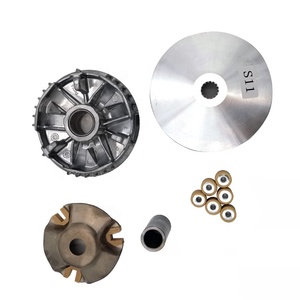
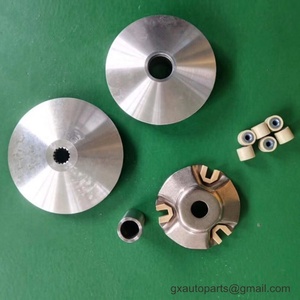












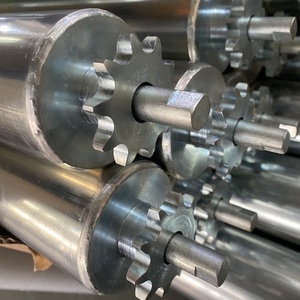
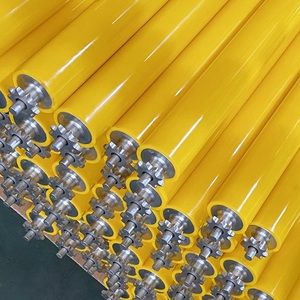

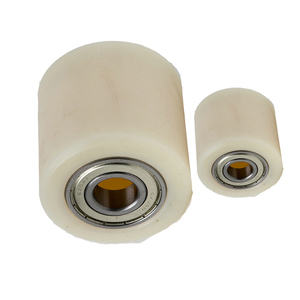






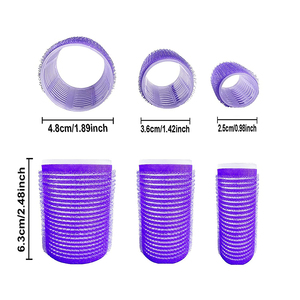











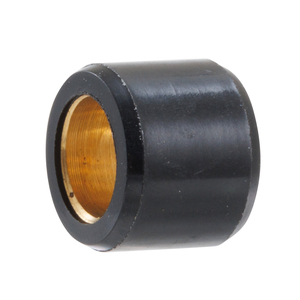
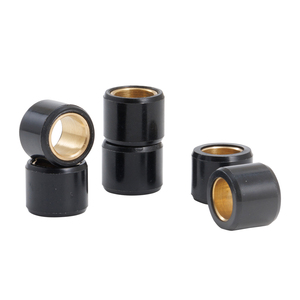

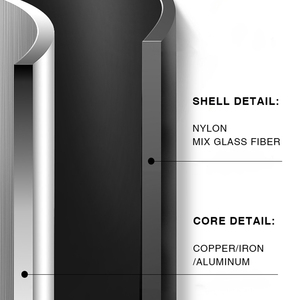







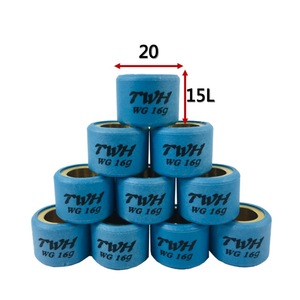


















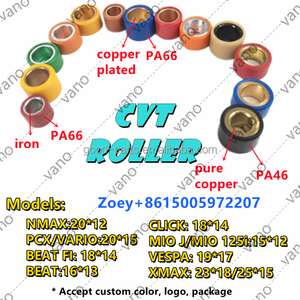
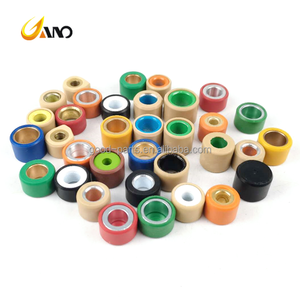







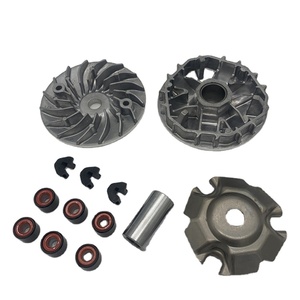


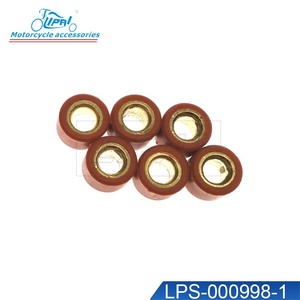



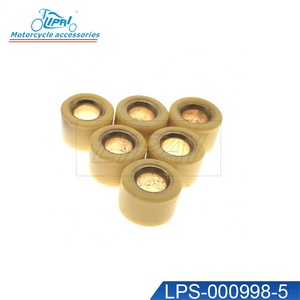







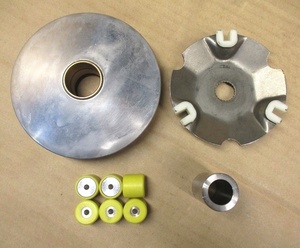


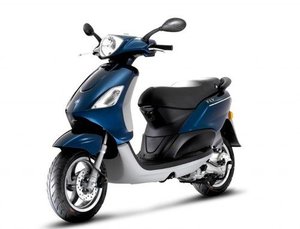
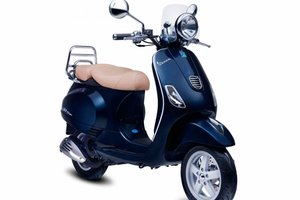



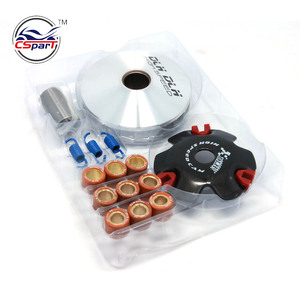


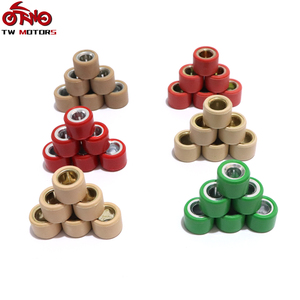


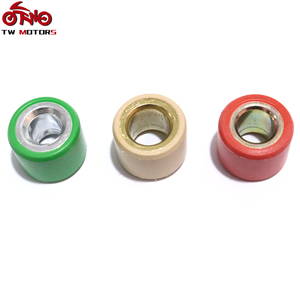








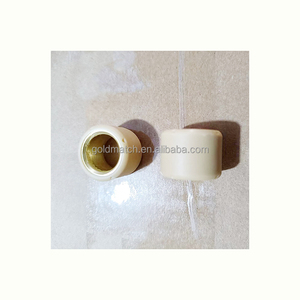

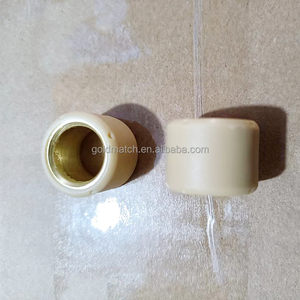
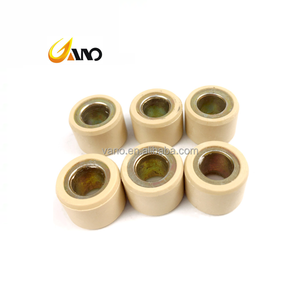

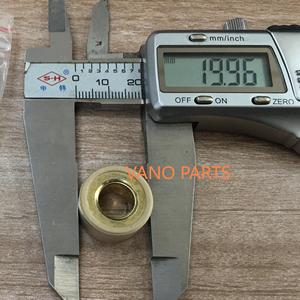
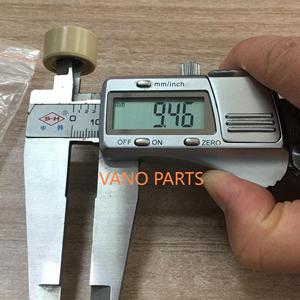




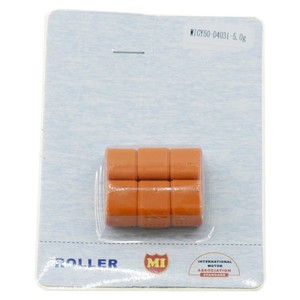






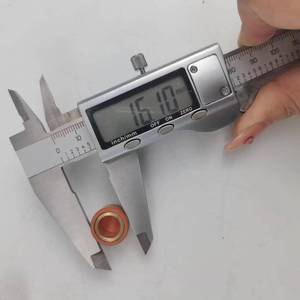









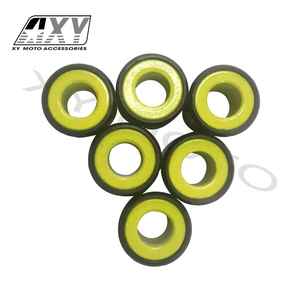

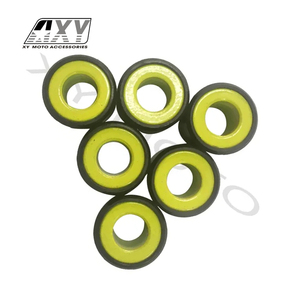

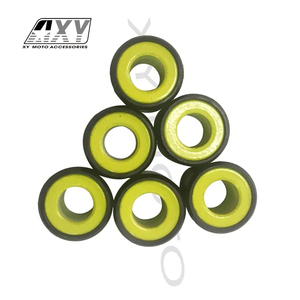















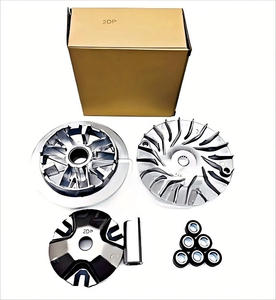
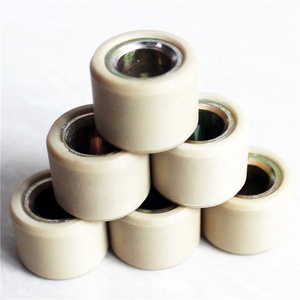

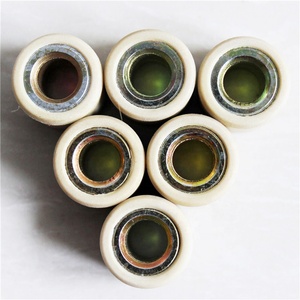
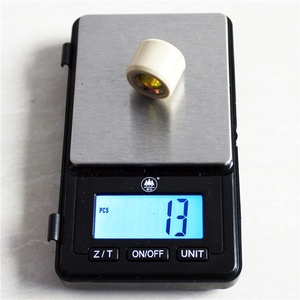
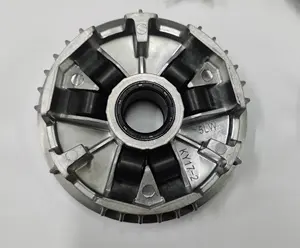

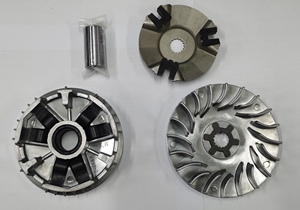
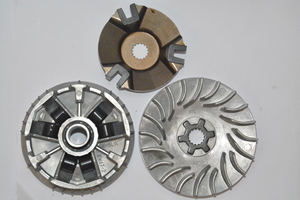


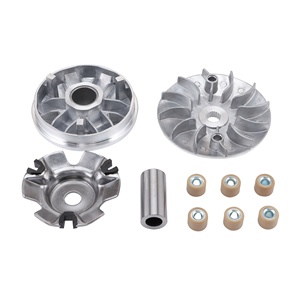



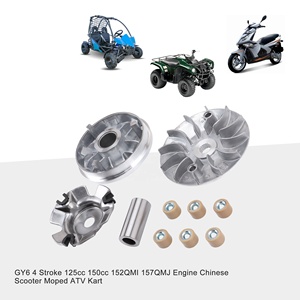
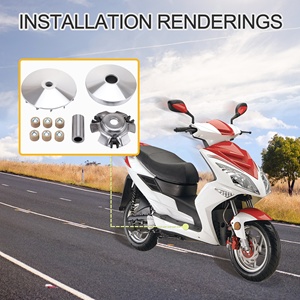



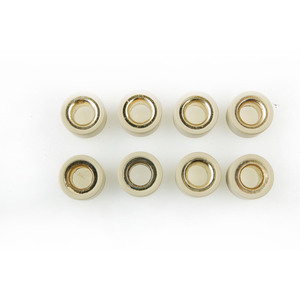







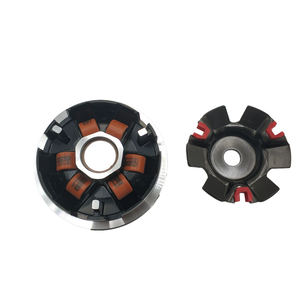
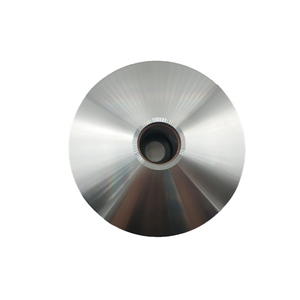

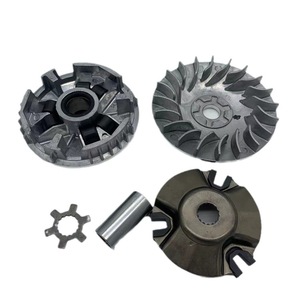

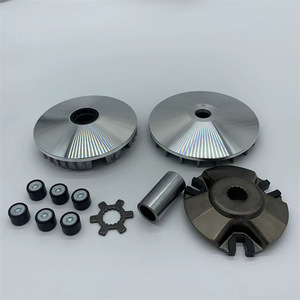





















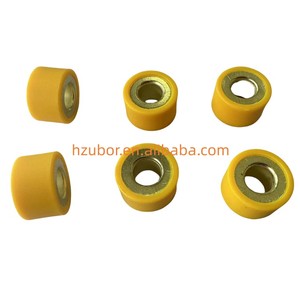

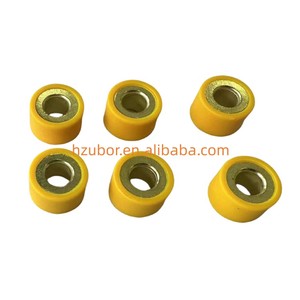























 浙公网安备 33010002000092号
浙公网安备 33010002000092号 浙B2-20120091-4
浙B2-20120091-4